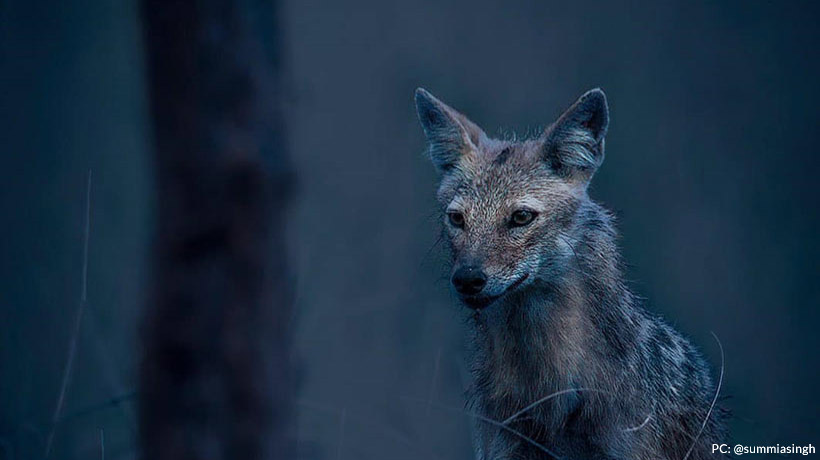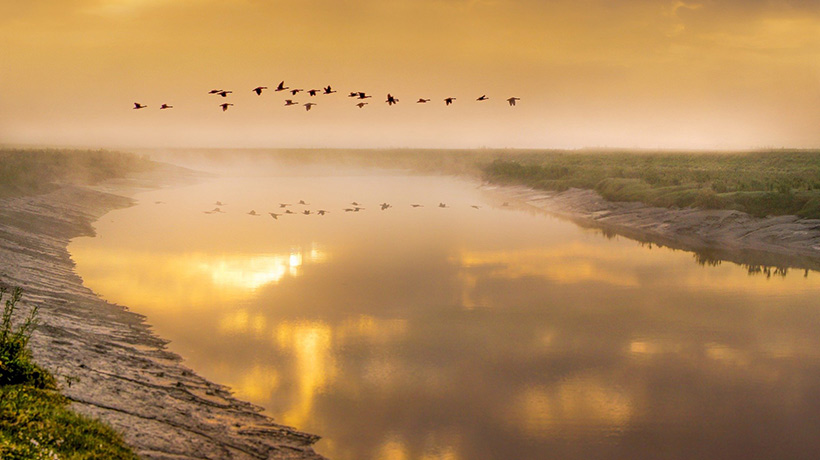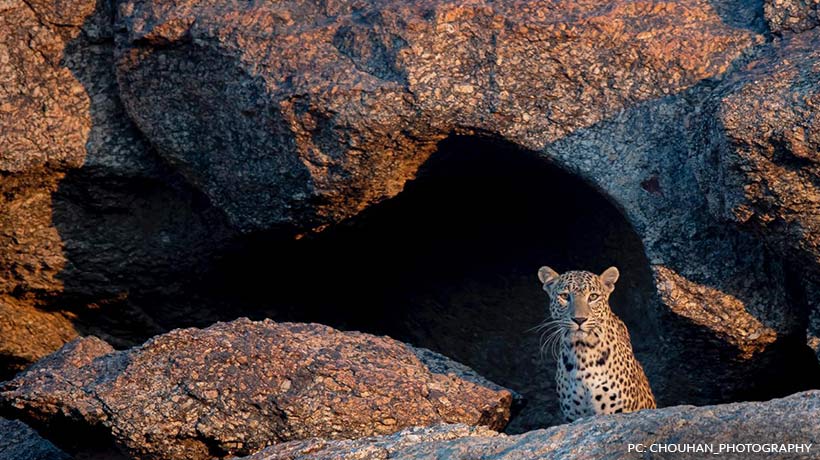Photography is a way one can narrate a certain story to their audience. It is a form of storytelling and a way to connect with the audience. “When you are filming wildlife, you’re trying to emulate a three-dimensional space within two-dimension.” explains videographer Hiroshi Hara.

When talking about Wildlife Photography, it requires a tremendous amount of patience because for that one iconic shot you will need to have perfect timing. And the thing is, this timing is not in your hands but in the hands of nature and the wildlife species you are photographing. After putting in so much hard work, time, effort, strength, nobody would want to see that their pictures are not up to the mark because of bad lighting, would they?
There are two studio techniques that this article will be talking about- High-key lighting and Low-key lighting. These techniques produce an outcome that has a very different vibe and aesthetic. Generally, a photo is composed of tones that range from dark to light. Together, they form an image.
High Key
In High-key lighting there is less contrast between the dark tones and the light ones of the image. Here, often a soft key light is involved directly above the camera and not too close to the subject. In High-key lighting, there are a lot of white and light tones. The number of mid-tones and black are at the very minimum here. The mid-tones here become white and the whites become whiter. It is not that when shooting in this lighting, the photo will not have any black tone. It is very optimistic and produces an upbeat reaction. The eyes of the subject will still have black pupils and as a result of High-key lighting, a beautiful catch light is produced in the subjects’ eyes.

Low Key
Contrarily, when talking about Low-key lighting, there is greater contrast between dark tones and light tones of an image in which the majority of the scene is shadow. In this technique, a lot of darker tones such as black and shadows are used. Therefore, photos taken in Low-key lighting have minimal amounts of whites and mid-tones. It is very dramatic. The lighting is very close to the subject unlike the High-key technique and to compensate for that, the light is much dimmer.

Lighting plays a very important role in photography, especially wildlife photography where the subject of the image needs to be highlighted and thus it needs to be captured perfectly. Lighting sets the mood. For producing a simple yet sophisticated, photo where humor can be seen with bits of optimism, High-key lighting is the best choice. For photos that you want to be driven by mystery and produce dramatic effects, Low-key lighting is the best technique for telling this story.




